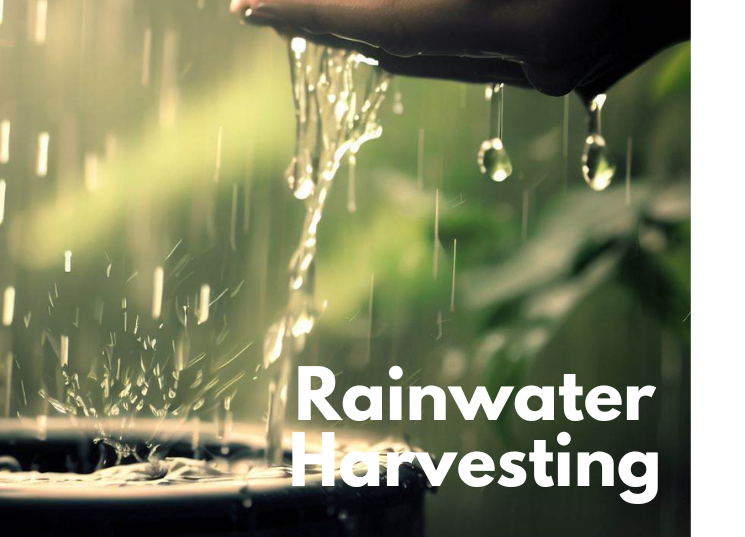From harnessing the power of cutting-edge technology to tapping into new sources of water, discover the 4 future-ready practices that are redefining water sustainability.
By Maayan Mulla, CEO, Watergen India
Sustainability is no longer a catchphrase; it is a powerful social force that is impacting every aspect of our daily lives. With COP27 laying out innovation and clean technologies as the centrality for water conservation and agricultural development, it is important for us to adapt to practices that are sustainable for preserving the environment and lay the road towards a greener future.
The world is facing numerous roadblocks in its journey to sustainability – problems such as depleting groundwater, industrial waste, pollution, contaminated water, and plastic waste generation keep adding on to the larger issue i.e. lacking a sustainable lookout. The goal, here, is the reduction of practices that hamper the ecological balance on our planet to ensure a protected future, every phase of the life cycle of a product or process should incorporate green adjustments. Industrial firms, undoubtedly, play an important role in the economy, but they also have a significant negative impact on the environment, including land, water, and air. Water being one of the necessities for survival, understanding these impacts and deploying required measures is essential.
Below are some future-ready practices that have the capacity to redefine water sustainability:

1. Environmentally friendly option to traditional RO membranes: Green RO membrane
Although, Reverse Osmosis (RO) systems produces a significant amount of wastewater during the purification process. In a traditional RO system, for every gallon of purified water produced, anywhere from 2 to 4 gallons of wastewater is generated. However, green RO membranes can help reduce water wastage by operating at lower pressures and requiring less energy to produce clean water, which means less energy is needed to purify water through the membrane and remove impurities.
‘Green’ refers to the reduced energy consumption and waste water production that comes with using RO membranes. This results in reduced energy costs and lower carbon emissions.
Additionally, green RO membranes are designed to be more durable and resistant to fouling, which means they last longer and require less frequent replacement. This also reduces waste and helps to further lower the environmental impact of the RO membrane technology.

2. Tapping into a new source that is available in abundance
It may seem miraculous to create water from the air, but Atmospheric Water Generators (AWGs) make it possible by utilizing a resource that is easily accessible but unused – humidity in the air. There is an estimated 3.1 quadrillion (3,100,000,000,000,000 gallons) of water in the atmosphere at any given time. With the help of cutting-edge technology, future-oriented businesses are already producing vast amounts of clean drinking water. AWGs require no plumbing, water lines, or pipes and therefore it is a plug-and-drink solution.
Providing the ultimate solution to the ongoing drinking water crisis, AWGs create premium quality drinking water in a wide range of climate conditions and creates water from as low as 20% Humidity. It creates fresh, clean and safe drinking water from the air, which is an inspiration for government & private organizations to adopt sustainable habits, including energy-efficient lighting, electric vehicles, alternative and recycled materials, water irrigation, and waste reduction. Most importantly, ‘safe’ water is a growing problem and the only way to know that you are drinking clean water is to create it yourself!

3. Rainwater harvesting for the win
There’s no doubt that enterprises and individuals have been implementing measures to conserve rainwater, but we need to increasingly adopt efficient practices to preserve rainwater- collecting and storing rainwater for use. It’s time for not just businesses but households too to install rainwater harvesting mechanisms such as surface runoff harvesting and rooftop rainwater harvesting. Now, rainwater harvesting systems are available from simple rain barrels to more extensive structures with pumps, tanks, and purification systems.

4. An effective Wastewater Management Plan (WWMP)
At some point, we have to start giving back to the environment. WWMP is one-way brands can outline wastewater management. The primary objective of wastewater treatment is to eliminate as much of the suspended solids as possible prior to the discharge of the remaining water, or effluent, into the environment. According to the UN Wastewater Assessment Programme report – high-income countries treat approximately 70% of the wastewater.
The ratio drops to 38% in upper-middle-income countries, 28% in lower-middle-income countries and 8% in low-income countries, which adds up to around only 20% of the wastewater being treated globally. Hence, the need for governments & businesses to implement a successful Wastewater Management Plan is urgent.
Despite a growing number of innovative water solutions, freshwater resources are deteriorating around the world, and we need to focus on reviving water bodies to ensure their availability for future generations. Water safety is not just a choice but a fundamentality for businesses. The more water we waste/pollute the more efforts and money the government has to spend on water treatment and sewage treatment plants.
The requirement has escalated from minimizing water shortage to coming up with ways to create more fresh water for addressing growing water needs owing to population growth, lifestyle changes, development, and agricultural practices.

About the Author
Maayan Mulla, the CEO of Watergen India, has extensive experience in leading successful developmental projects in Rural India. With a deep understanding of the country’s challenges, Maayan is dedicated to making Watergen’s innovative ‘Water from Air’ technology accessible and affordable for all, to solve India’s drinking water crisis. As a former Lt. Colonel Res, Special Forces in Israeli Defense Forces, Maayan has the leadership skills to lead Watergen India to become a world-class organization, and his expertise expands to South Asia and the Middle East too.
Views are personal
Text and Images: CopyRight @ India CSR







